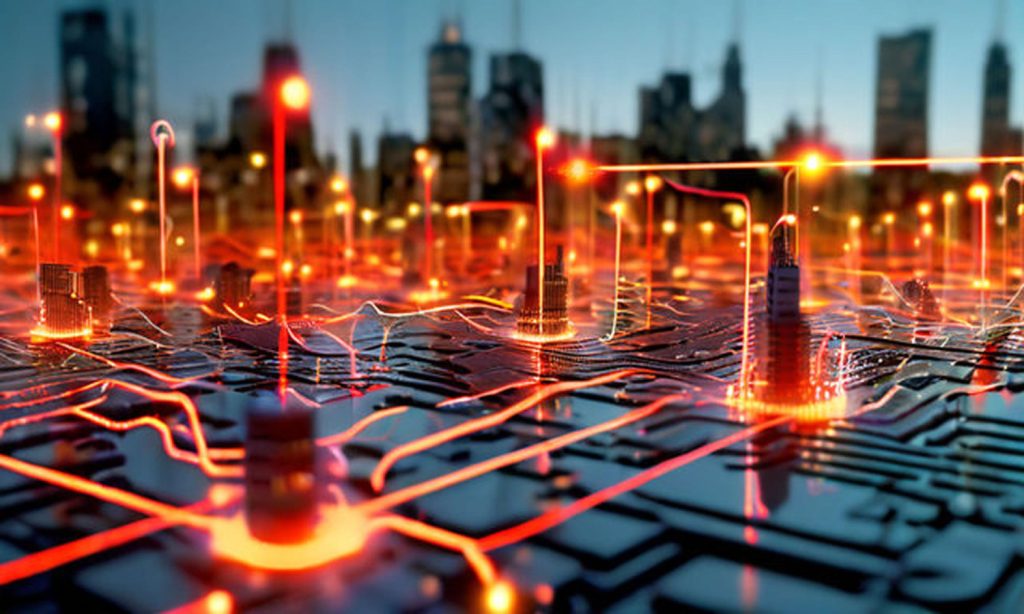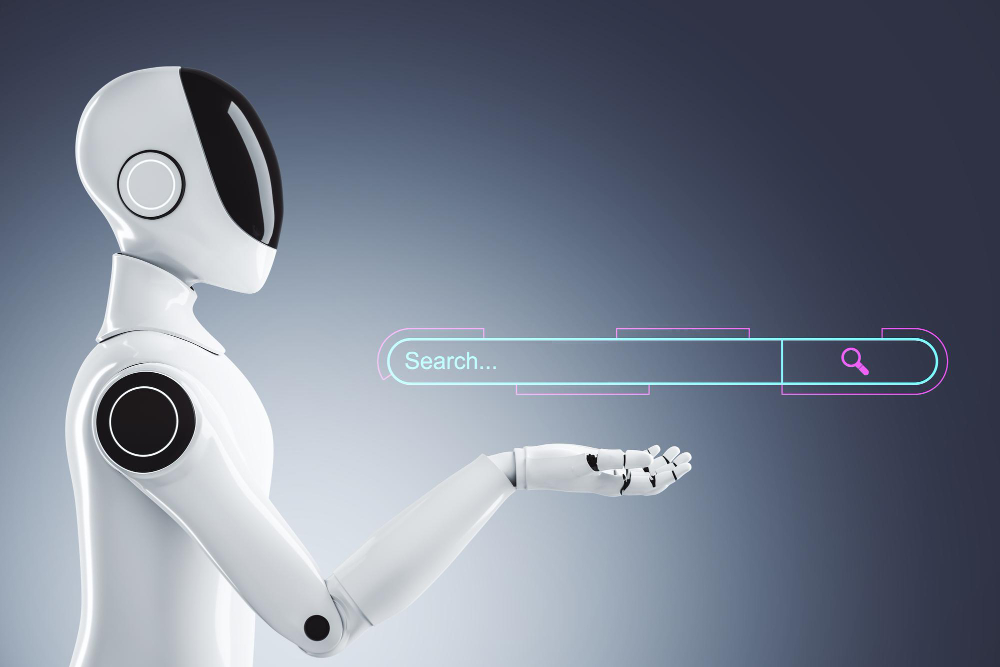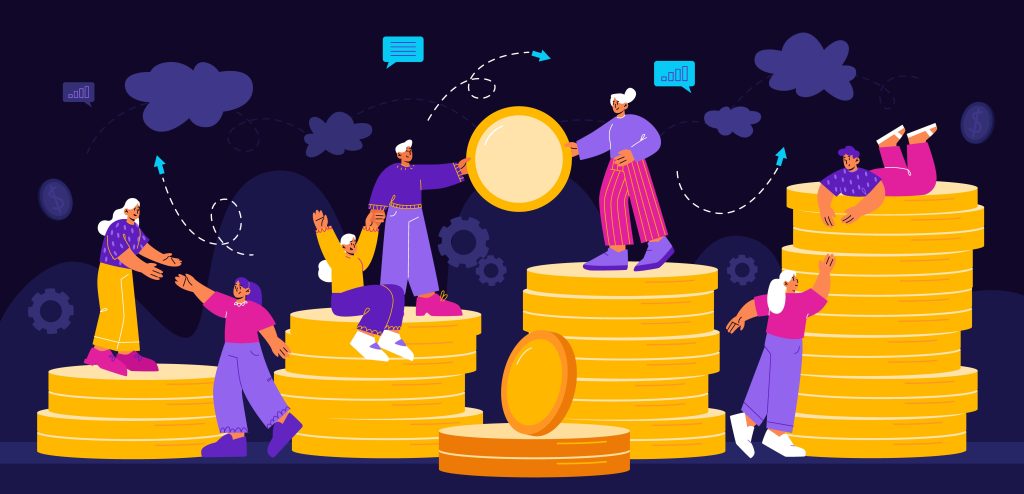To stay ahead in the tech world, innovators, investors, and leaders need to stay current in the ever-changing technology landscape.
Now, approaching 2025, we have a preview of what’s to come from the venture capital firm Andreessen Horowitz (a16z) through its annual “Big Ideas in Tech” report.
This comprehensive analysis that includes the perspectives of 50 of their top partners reveals the technological trends that are likely to define our world in the next year.
From the pervasive presence of artificial intelligence to the growth of cryptocurrency and blockchain, a16z’s forecasts depict a world of dramatic transformation.
Let’s dive into these visionaries and see how they might shape our technological landscape in 2025.
Artificial Intelligence has been a buzzword for years, but 2025 promises to be the year when AI truly becomes an integral part of our daily lives.
Some of the key developments in this space, according to the a16z report are:
Large scale AI models have been well covered, but the future is in compact, specialized AI systems. These pocket sized power houses will revolutionize how we interact with technology on a personal level.
Imagine your smartphone being able to, without any help, write an email, edit a photo, or even add a caption, all with the help of localized AI. This shift to ‘edge AI’ will improve user experience and at the same time address the issues of privacy that come with cloud based systems.
In the workplace of 2025, AI assistants will become an asset that every office worker has at their disposal. These digital aides will perform routine tasks, allowing human energy to be directed towards creative work and high level thinking.
From setting up meetings to developing reports, AI assistants will become essential tools that enhance productivity across industries.
As processing power increases, real-time AI applications will become more widespread. This will enable smooth interactions with virtual companions and on the fly video processing. Content creators will benefit from AI tools that can automatically edit and optimize multimedia content for various social platforms, thus leading to the creation of personalized and dynamic content.
This ability to analyze unstructured data becomes possible due to the development of AI and this in turn leads to breakthroughs in pattern recognition. This capability will have a significant impact in the area of marketing as well as research and this is because it will be used to identify patterns. Additionally, the idea of ‘digital twins,’ or AI models that can mimic an individual’s communication style, will help with personalized content creation and customer interactions.

A16z’s report emphasizes the importance of data centers in shaping the future of AI and global technological leadership:
The nations that invest heavily in computational power shall reap the reward in the AI race. These ‘hypercenters’ shall be the power houses of AI research and development and therefore, will dictate the pace of scientific and economic progress.
These huge energy demands of these hyper centers will in itself call for innovative approaches to energy generation. Countries which will be able to combine computational power with sustainable energy sources will emerge as the leaders in tech world of 2025.
Progressive policies that promote the development of new technologies, without ignoring the social implications of those technologies, will be vital. The countries that find the right balance between the development of AI and its use are most likely to attract talent and investment and so establish themselves at the heart of the global tech hierarchy.
However, a16z’s report identifies a crucial challenge that needs to be addressed, while AI has made great progress in many areas:
Current large language models (LLMs) have shown limitations in logical reasoning, particularly in fields like mathematics, physics, and programming. There will be a focus on closing this gap in the coming year as researchers work to improve the ability of AI systems to reason logically in these areas.
In order to overcome these challenges, companies are likely to adopt hybrid approaches, combining large-scale models with specialized, domain-specific AI. This strategy is aimed at improving the efficiency and reducing the costs of using different AI architectures and leveraging their strengths.
As AI systems become more capable of dealing with complex scientific concepts, we can expect to see a growth in AI-assisted research. It is possible that in the future, scientists may team up with computers to make discoveries in such areas as drug development, climate science, etc.

A16z predicts that Google’s market dominance in search engines will be under threat in the coming year:

A16z’s report points to an exciting future where the lines between gaming, movies, and AI start to blur:
While cryptocurrencies have grabbed the attention of blockchain, a16z’s report states that by 2025, blockchain will be used for more than just digital currencies:

Stablecoins are likely to revolutionize cross-border payments and can be cheaper and faster than conventional methods. This will particularly benefit small businesses and any company that engages in international trade because they will not have to pay high fees for the transactions.
Some countries may start to issue their treasury bonds on a blockchain based platform. This may lead to the creation of government back digital assets that yield interest and hence reduce the risks that come with central bank digital currencies.
Some jurisdictions have already recognized DAOs as legal entities, with Wyoming in the US being one of them. The Decentralized Unincorporated Nonprofit Association (DUNA) model is expected to become the standard for crypto projects in the US, providing a legal framework for decentralized governance.
A16z’s predictions for the cryptocurrency market in 2025 tell of growth and integration with traditional financial systems:

The a16z report states that there is a shift in how blockchain projects are developed:
More teams are likely to develop upon existing blockchain infrastructure components rather than building a new infrastructure from scratch. This approach will reduce the time and resources required for development, allowing developers to focus on creating new value.
As the blockchain ecosystem matures, there will be more emphasis on interoperability between different networks. This may result in the development of more efficient cross-chain solutions and a more interconnected crypto ecosystem.
The focus will shift to improving development tools and environments so that developers can easily create and deploy blockchain-based applications. Some of them are improvements in programming languages, compiler optimizations, and development frameworks with a focus on blockchain technology.
As traditional app stores become more restrictive on crypto apps, new alternatives are emerging:

As AI becomes more intelligent, there is a growing need for robust human verification systems:
In summary, a16z’s “Big Ideas in Tech for 2025” presents a future where technological changes are about to accelerate exponentially. From the expansion of AI, to the growth of the blockchain and cryptocurrency ecosystems, these predictions tell of a future where technology is more integrated, personal and decentralized than before.
Therefore, it will be interesting to see which of these predictions come to pass in the next year and how they reshape our digital landscape.
